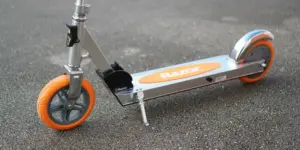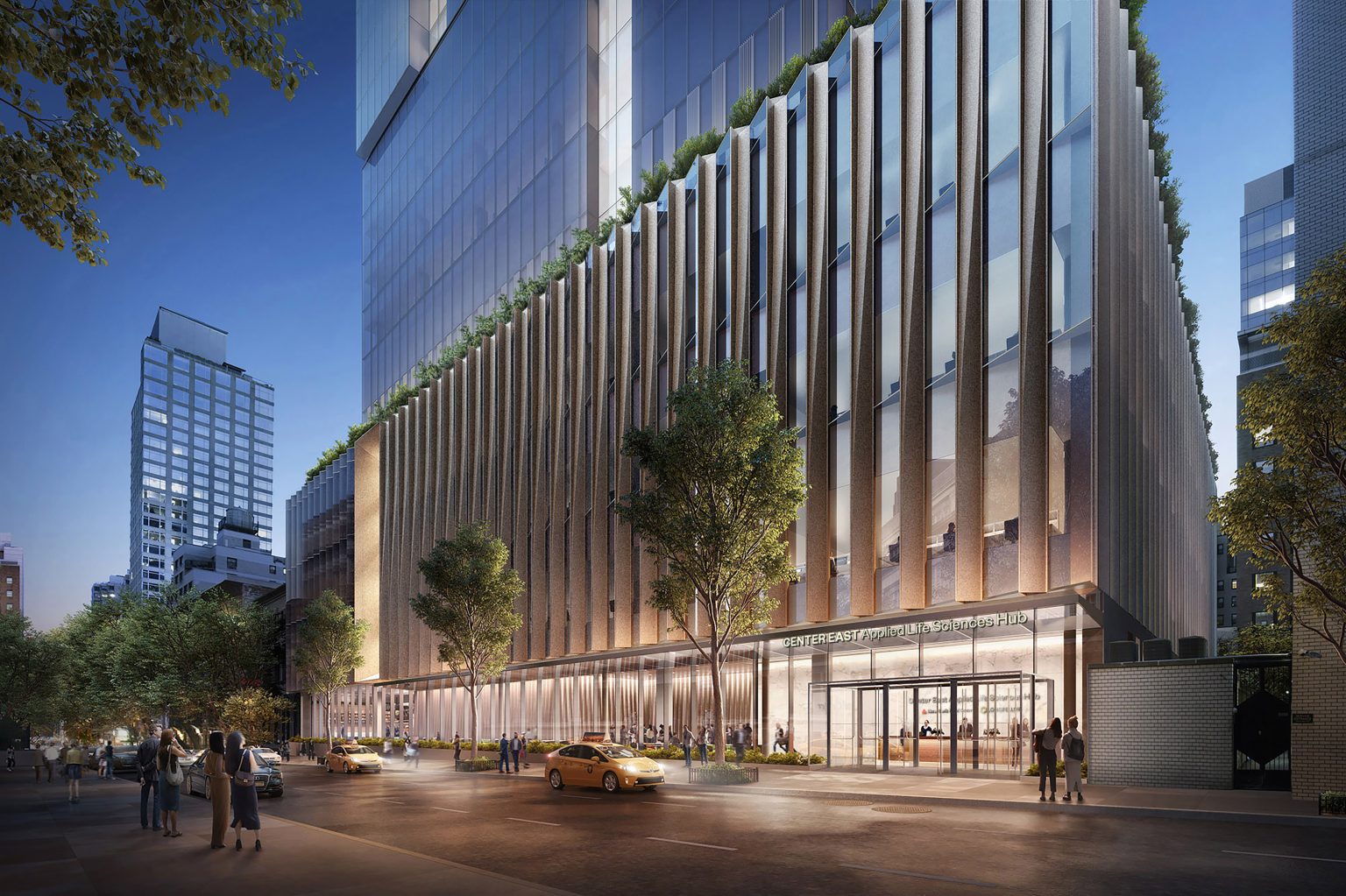Nearly four years ago, New York City approved a plan to allow the New York Blood Center to build a 16-story life science tower on the Upper East Side. The project, estimated at $750 million, aimed to expand the center’s research and laboratory space. Despite the city’s approval, the project has not moved forward and remains stalled.
The delay comes amid rising construction costs and ongoing supply chain problems. These challenges have made it harder to begin and sustain building work. Labor shortages and the cost of materials have increased expenses beyond initial estimates.
Community concerns also contributed to the slow progress. Some local residents worried about traffic and the effect of a large building on the neighborhood’s character. Although the city addressed many of these concerns when approving the rezoning, opposition still exists in some groups.
The planned tower was expected to create hundreds of new jobs and support growth in the life science sector. This area of work has grown in importance after the COVID-19 pandemic increased the need for biomedical research facilities. Local businesses were hopeful that the project would bring more customers and activity to the area.
The New York Blood Center confirmed it is still committed to expanding its research space, but did not provide details on the delay. City officials say they continue to support life science development and are monitoring the project’s progress.
At this time, the timeline for construction is unclear due to ongoing economic and funding uncertainties. The project is part of a larger city effort to grow life science industries, which are seen as key to New York’s future economy. Incentives have been offered to attract similar developments throughout the city.
The New York Blood Center’s expansion remains a major opportunity for medical research in the city. However, years after zoning approval, the project faces significant obstacles. Cooperation among the Blood Center, city officials, and the community will be needed to move the project forward.















